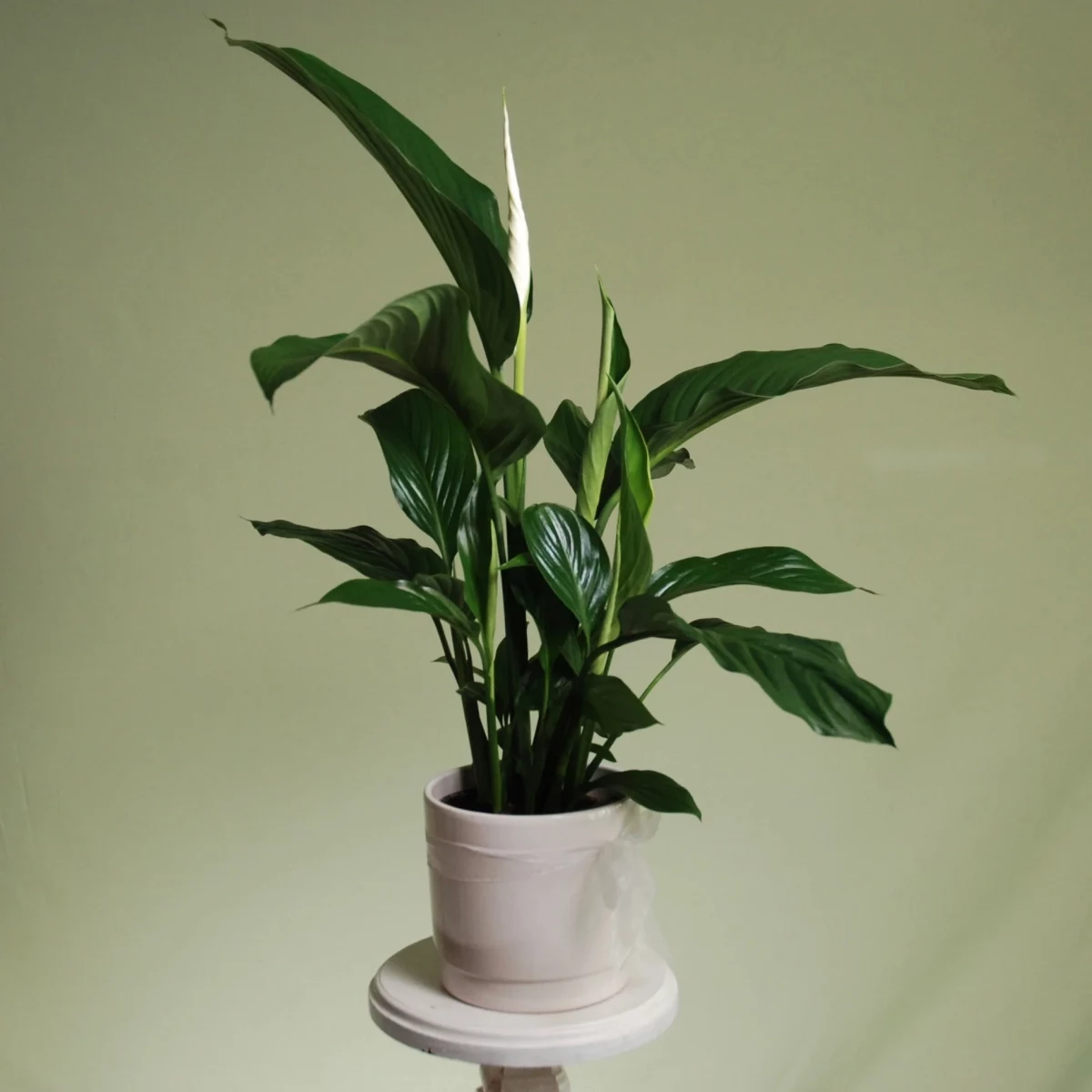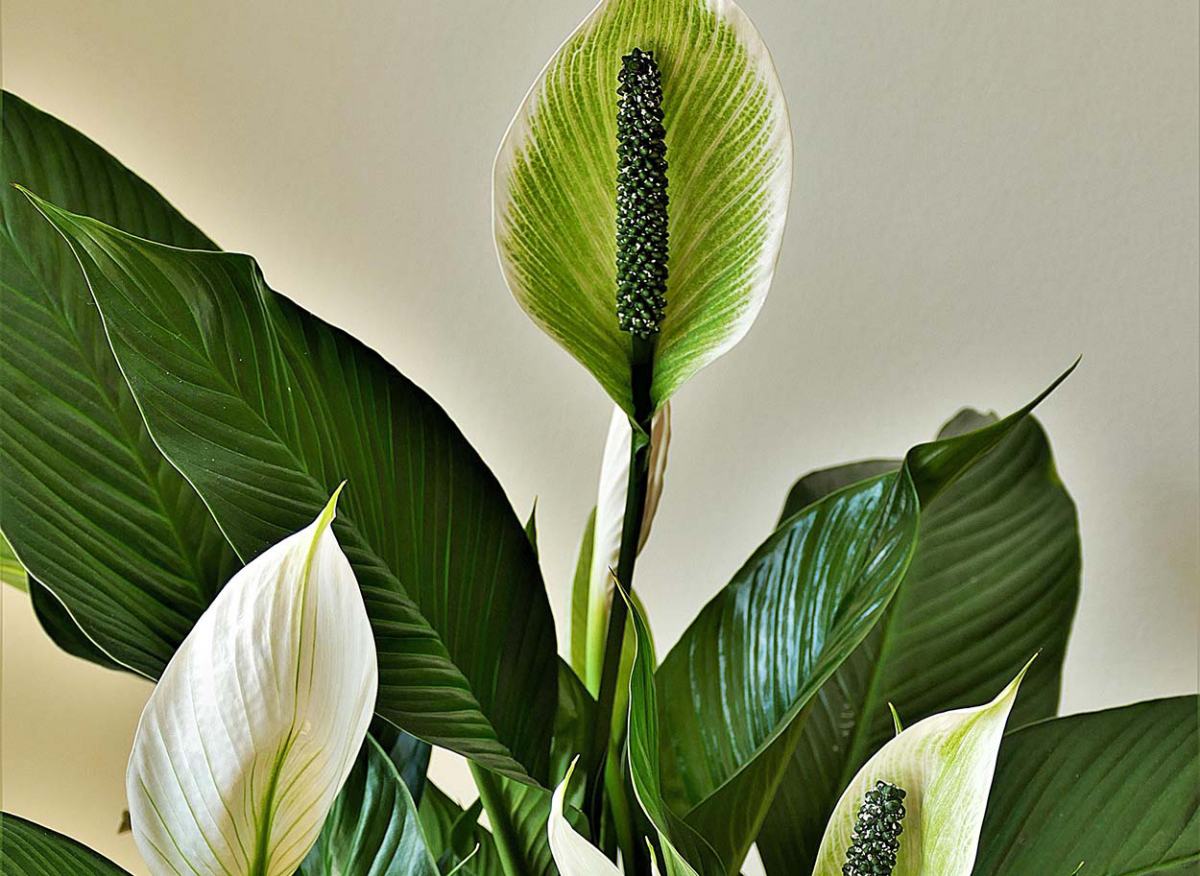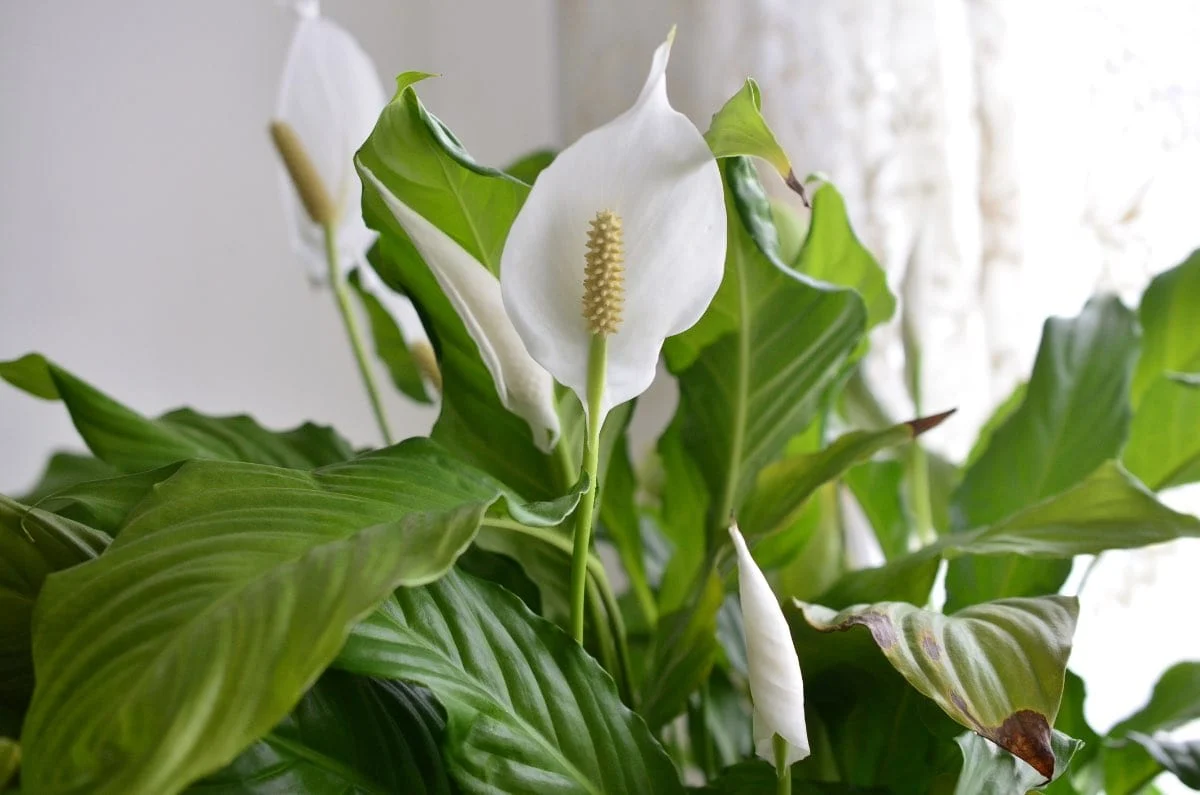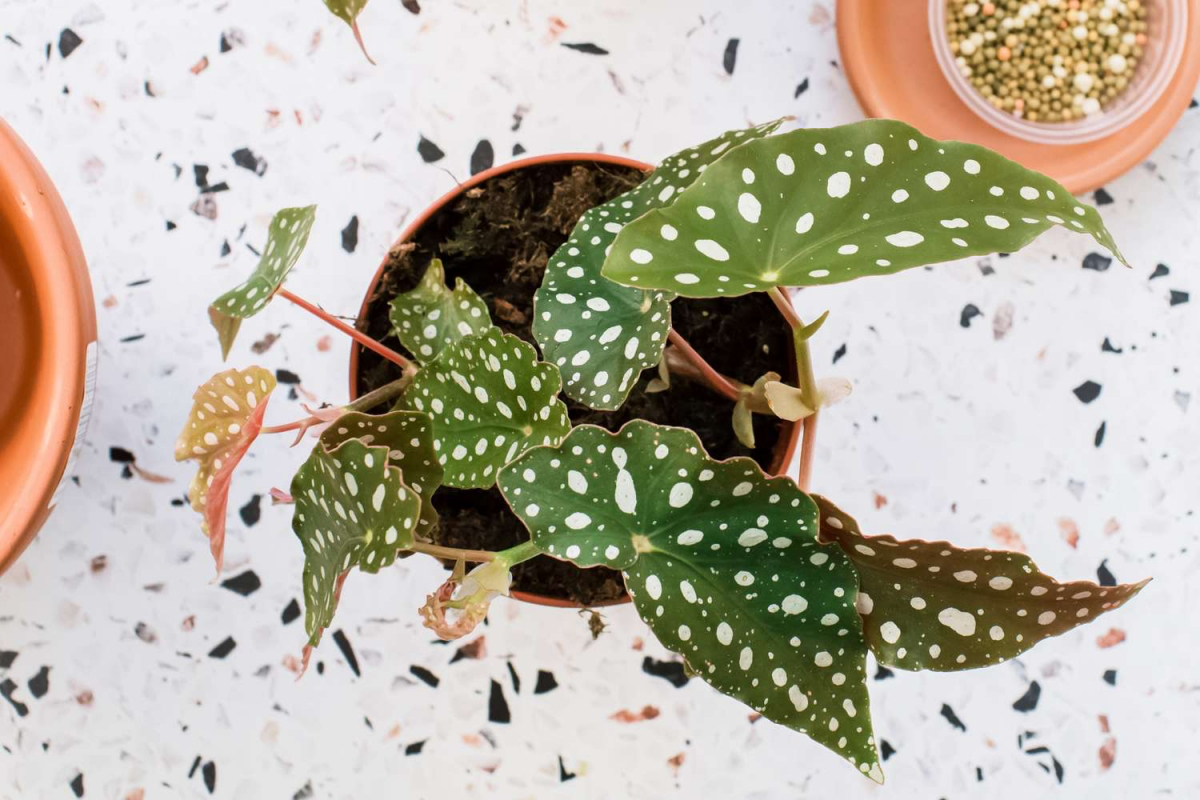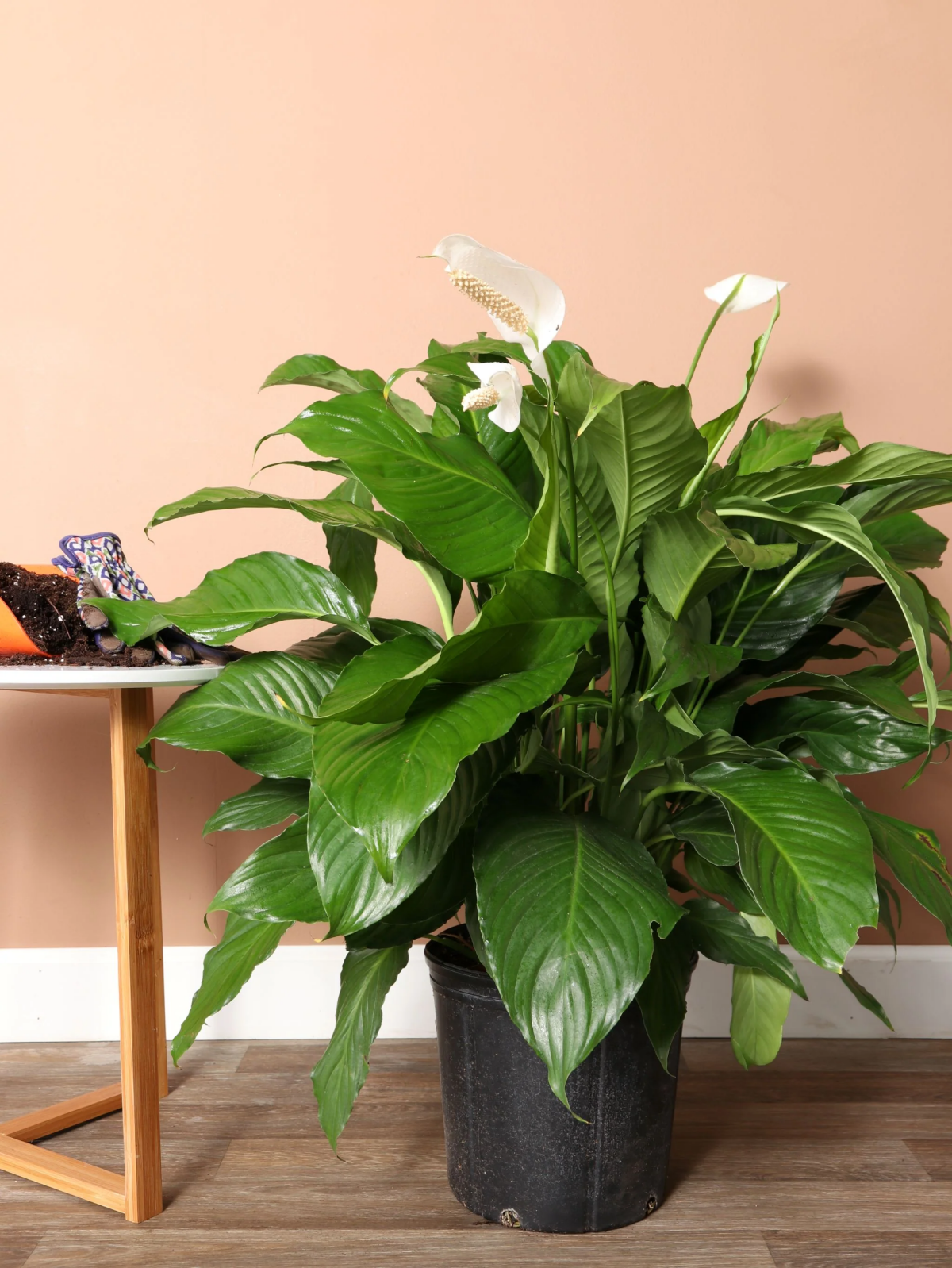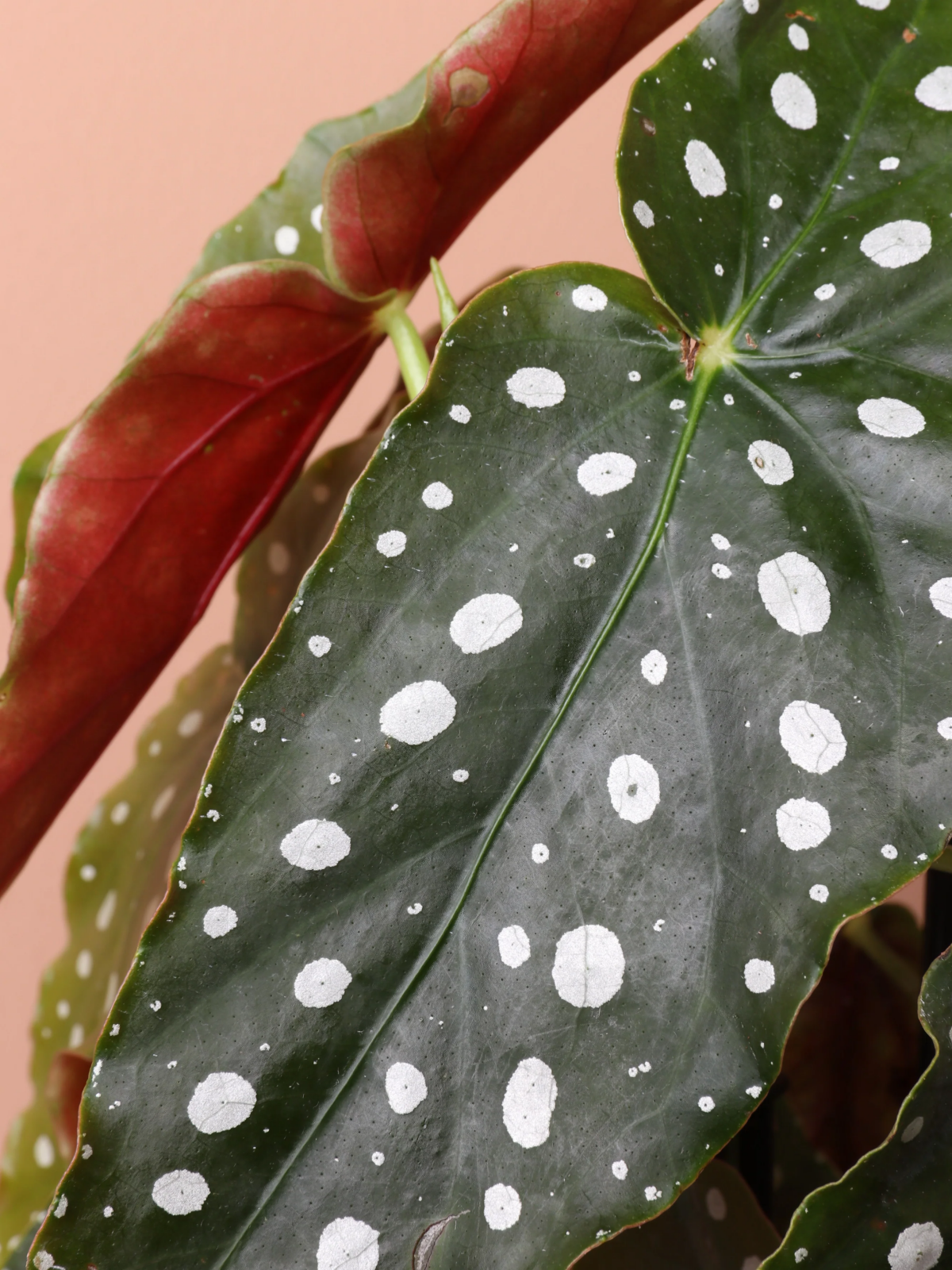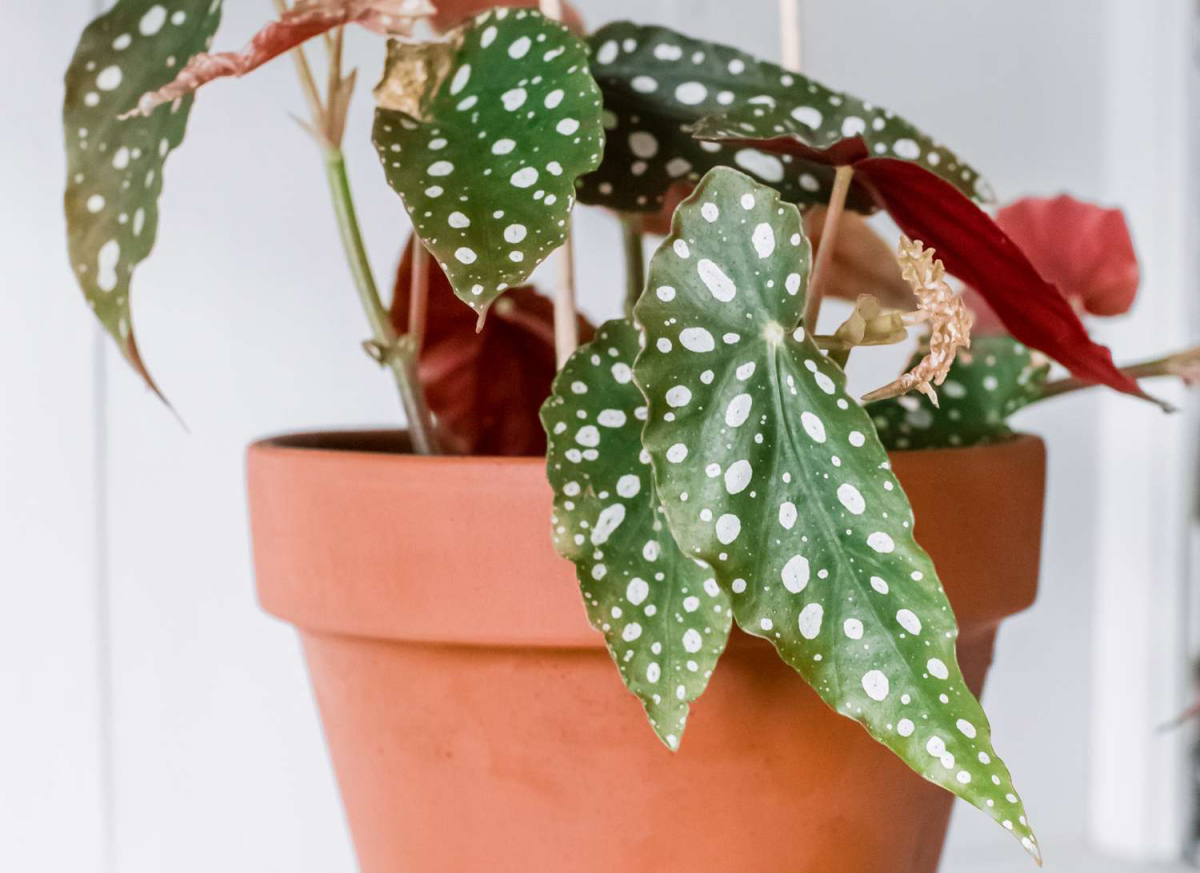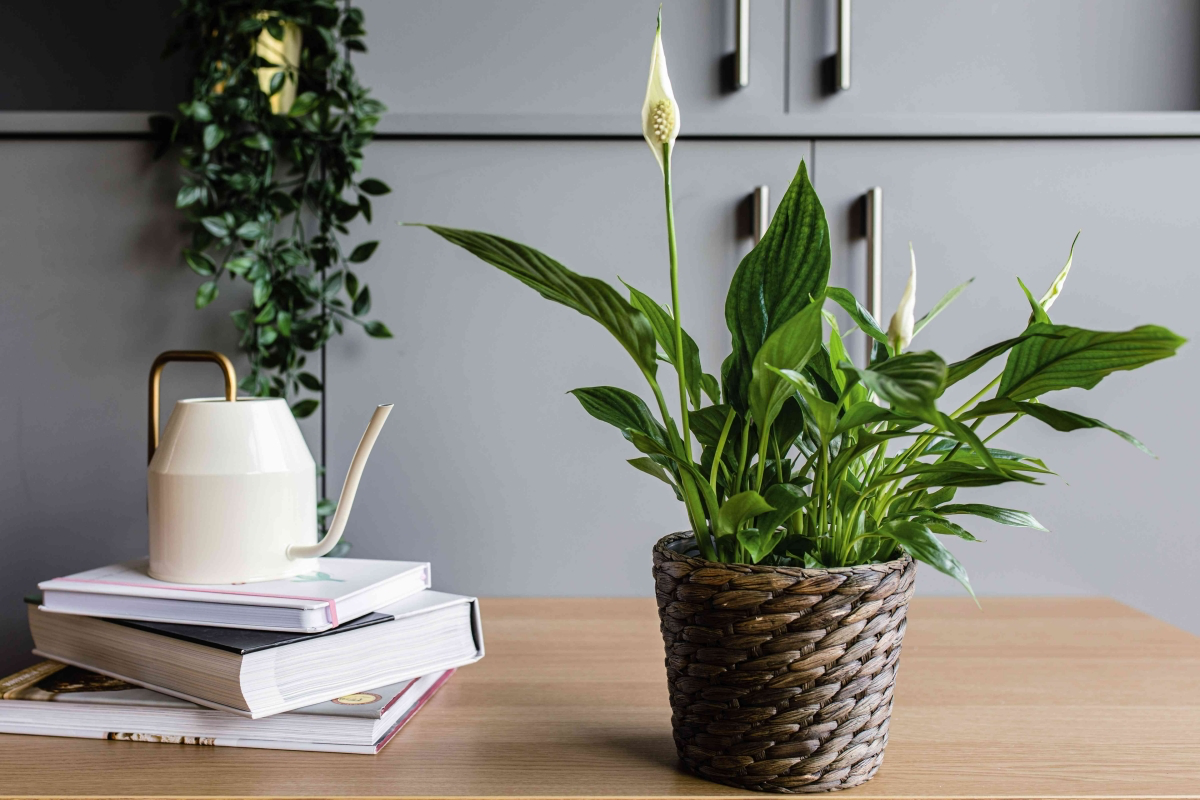The Angel Plant: Varieties, Benefits and Growing Tips
In the world of horticulture, where each leaf and petal holds a story of beauty and resilience, there exists a category of green wonders that transcends the ordinary—Angel Plants. These botanical marvels have a unique ability to effortlessly grace our homes and gardens with their ethereal allure, captivating the hearts of plant lovers far and wide. As we embark on this enlightening journey, let’s uncover the profound charm and celestial essence that these remarkable plants bring into our lives.
Explore the creative ways to incorporate an Angel Plant into your interior decor
In this article
Angel Plant Varieties
Our exploration of Angel Plants begins with a captivating journey through the diverse world of varieties that fall under this heavenly umbrella. Imagine the Angel Wing Begonia with its captivating asymmetrical leaves, reminiscent of delicate angel wings, or the serene Peace Lily with its pristine, elegant white blooms that exude an aura of tranquility. Each variety within the realm of Angel Plants possesses its unique charm, akin to the distinct qualities of celestial beings. As we delve deeper into their world, we shall unravel the intricate details of their foliage, growth habits, and colors, guiding you on a quest to select the perfect angelic companion that resonates with your space and personal aesthetic.
The Polka Dot Begonia with its captivating leaves
Angel Plant Symbolism
Angel Plants transcend the realm of mere botanical wonders, carrying with them a profound tapestry of symbolism that spans cultures and centuries. These green marvels have long been associated with attributes such as purity, grace, and divine protection. In the symbolic language of flowers, Angel Plants are akin to messengers from the heavens, bearing the message of peace and tranquility. Their elegant foliage and ethereal blooms evoke a sense of serenity and harmony, making them a powerful symbol of balance and spiritual well-being. Whether in ancient traditions or modern practices, Angel Plants remain a beacon of hope and positivity, reminding us to seek solace in the beauty of nature and the blessings it bestows upon our lives.
A symbol of purity, grace, and divine protection
Growing and Caring for Angel Plants
Ideal Growing Conditions
Angel Plants thrive in environments that closely mimic their native tropical habitats. Providing them with the right conditions is key to their flourishing. They adore bright, indirect sunlight, so find a spot in your home where they can bask in gentle, filtered light. Avoid direct sun, which can scorch their delicate leaves. A north-facing window or a few feet away from an east or west-facing window is ideal.
Providing these plants with the right conditions is key to their flourishing.
Soil and Potting Tips
Creating the perfect home for your Angel Plant starts with the right potting mix. A well-draining potting mix with a blend of perlite or orchid bark works wonders. This ensures that excess water doesn’t linger around the roots, preventing dreaded root rot. When repotting, choose a container that allows for growth but isn’t excessively large, as Angel Plants prefer snug surroundings.
A well-draining potting mix with a blend of perlite or orchid bark works wonders
Light and Temperature Preferences
Maintaining the right temperature and humidity levels is essential for the health of your Angel Plant. They thrive in temperatures ranging from 60-75°F (15-24°C). Ensure that they are shielded from cold drafts, as they are sensitive to sudden temperature drops. Keep the humidity around them stable, as they appreciate slightly higher humidity levels. Placing a humidity tray nearby or misting the leaves occasionally can mimic their natural habitat.
They are sensitive to sudden temperature drops
Watering Guidelines
Angel Plants have a rather particular relationship with water. They prefer to be consistently moist but not drenched. Allow the top inch of soil to dry out between waterings. When you do water, do so thoroughly, ensuring water reaches the root zone. Be sure to use room-temperature water to prevent shocking the plant.
These plants prefer to be consistently moist but not drenched
Fertilization Rituals
During the growing season, which typically spans from spring through early fall, feed your Angel Plant every 4-6 weeks with a balanced, water-soluble fertilizer diluted to half the recommended strength. As the growing season wanes in late fall and winter, reduce feeding to once every 8-12 weeks, or simply suspend fertilization altogether. This seasonal variation in feeding mirrors the plant’s natural growth cycle.
Use a a balanced, water-soluble fertilizer diluted to half the recommended strength
The Art of Pruning
Pruning is both a practical and artistic aspect of Angel Plant care. Regularly trim back leggy or overgrown stems to encourage a bushier, more compact appearance. As you prune, you not only maintain a tidy and attractive appearance but also stimulate the plant to produce new growth. Deadheading spent blossoms also prolong the flowering period, allowing you to enjoy their celestial blooms for longer.
Regularly trim back leggy or overgrown stems
Angel Plant Flowering
Understanding Flowering Patterns
Angel Plants exhibit distinct flowering patterns. Their blooms appear in clusters, and the frequency can vary depending on the specific variety. Some may bloom continuously throughout the year, while others may have specific flowering seasons. Understanding your plant’s natural cycle will help you anticipate when to expect those celestial blossoms.
Some may bloom continuously throughout the year, while others may not
Encouraging Abundant Blooms
To encourage your Angel Plant to grace you with an abundance of blooms, provide it with the ideal growing conditions we discussed earlier. Adequate light, proper watering, and appropriate fertilization all play pivotal roles in promoting flowering. Additionally, avoid disturbing the plant unnecessarily, as they may take some time to recover from transplanting or repotting.
Adequate light, proper watering, and appropriate fertilization all play pivotal roles
Addressing Common Challenges
While Angel Plants are relatively low-maintenance, they may encounter some challenges. Yellowing leaves may indicate overwatering or a lack of nutrients. In such cases, adjust your watering regimen or consider fertilizing as needed. If your plant is struggling to bloom, assess its light and temperature conditions. Make necessary adjustments to ensure it receives the right amount of indirect sunlight and remains within its preferred temperature range.
They are relatively low-maintenance, they may encounter some challenges
By following these care guidelines and understanding the nuances of Angel Plant growth and flowering, you can cultivate a thriving celestial companion that graces your living space with its ethereal beauty.
Decorating with Angel Plants
Elegant Centerpieces
Angel Plants make exquisite centerpieces, whether for a formal dinner party or a casual gathering. Place a well-potted Angel Plant in a decorative container, and surround it with complementary elements like candles, crystals, or other natural elements. This creates a captivating focal point that combines the elegance of nature with your personal touch.
These houseplants can make exquisite centerpieces
DIY Projects
Embrace your creative spirit by incorporating Angel Plants into DIY projects. Craft a personalized terrarium using a glass container or a hanging garden using macramé plant hangers. The possibilities are endless, and crafting with Angel Plants allows you to infuse your home with a touch of celestial serenity.
Angel Plants allow you to infuse your home with a touch of serenity
Elevating Your Space
Whether you’re an experienced decorator or a novice, Angel Plants offer versatility in elevating your living spaces. Their graceful presence can soften the aesthetics of a room, creating a soothing atmosphere. Consider placing them in corners, on bookshelves, or atop side tables to infuse your home with a serene, botanical ambiance.
Their presence can soften the aesthetics of any room you choose
With these creative ideas, you can make Angel Plants a delightful addition to your interior decor, enhancing the beauty and tranquility of your living spaces.
Angel Plants in Feng Shui
In the ancient practice of Feng Shui, the art of arranging our living spaces to optimize the flow of positive energy, Angel Plants find a special place as conduits of harmony and balance. They are considered botanical angels that bring not only aesthetic beauty but also a sense of calm and tranquility into your home. Here’s how Angel Plants can play a pivotal role in your Feng Shui journey:
- Balance and Harmony: Angel Plants are believed to embody the energy of balance and harmony. Their lush, vibrant foliage symbolizes growth and prosperity, while their serene presence promotes tranquility. Placing Angel Plants strategically in your living spaces can help create a sense of equilibrium and emotional well-being.
- Positive Energy Flow: Feng Shui emphasizes the importance of the flow of chi, or life force energy, in our homes. Angel Plants, with their elegant appearance and gentle aura, encourage the smooth circulation of positive energy. They act as gentle guardians, ensuring that stagnant energy is dispelled, and vibrant, revitalizing energy is welcomed into your space.
- Placement Recommendations: Feng Shui practitioners often recommend placing Angel Plants in areas where they can make the most significant impact. For example, positioning an Angel Plant near the entrance of your home can invite positive energy as guests enter. Placing them in the bedroom or office can promote calmness and creativity, respectively. Each placement serves a unique purpose in enhancing the energy flow within your living environment.
Angel Plants are conduits of harmony and balance
Propagating Angel Plants
Propagating Angel Plants is not only a delightful gardening endeavor but also a celebration of renewal and continuity. It’s a process that allows you to nurture new beginnings from established plants, symbolizing growth and mirroring the evergreen nature of these celestial companions. Let’s take a closer look at this rewarding journey:
- Cuttings and New Beginnings: When you propagate Angel Plants from cuttings, you embark on a journey of creating new life from the legacy of your cherished plants. It’s a process that symbolizes growth, renewal, and the enduring beauty of these celestial companions. Imagine taking a healthy cutting, a piece of the botanical soul of your established plant, and nurturing it into a new individual. In this act, you become a steward of their legacy, ensuring that their grace and positivity continue to thrive.
- Propagation Techniques: The art of propagating Angel Plants involves taking a cutting from the parent plant, typically a stem or leaf, and providing it with the ideal conditions to root and grow. While it may seem intricate at first, it’s a skill that can be mastered with practice. With guidance and patience, you can navigate the propagation process seamlessly.
- Legacy of Beauty: Beyond expanding your collection of Angel Plants, propagating them carries a deeper significance. It’s a way to create a living testament to the enduring beauty and positivity of these botanical angels. By sharing propagated plants with friends and loved ones, you extend the elegance and grace that Angel Plants bring into your life to others. Moreover, you keep their presence alive in your home and garden for generations to come, a tangible reminder of the timeless beauty that flourishes within the celestial embrace of these remarkable botanical beings.
You can take a healthy cutting and nurture it into a new plant
Troubleshooting Common Issues
Even with the utmost care and attention, challenges may arise in the care of your Angel Plants. Here’s how to address common issues:
- Yellowing Leaves: Yellowing leaves on your Angel Plant can be a cause for concern, but they are often a sign of an underlying issue that can be corrected. Yellowing leaves can be a sign of overwatering, underwatering, or nutrient deficiencies.
- Unwelcome Pests: Garden pests like aphids and mealybugs can occasionally find their way to your Angel Plants. Regularly inspect your Angel Plant for signs of pests, such as tiny insects on the leaves, white cottony masses (mealybugs), or distorted growth. For minor infestations, you can try using natural remedies such as neem oil, insecticidal soap, or a mixture of water and dish soap to spray on the affected areas.
- Other Concerns: If you suspect root rot due to overwatering or poor drainage, remove the plant from the soil, trim away affected roots, and repot it in fresh, well-draining soil. Adjust your watering habits to prevent future occurrences. If you notice blemishes or spots on the leaves, it may be due to fungal issues. Prune affected leaves, improve air circulation, and avoid overhead watering to prevent fungal growth.
By addressing these common issues, you can ensure that your Angel Plants thrive
Conclusion
As we wrap up our exploration of Angel Plants, I invite you to reflect on the timeless beauty and significance they bring to our lives. These celestial beings are not mere plants; they are guardians of serenity, symbols of renewal, and vessels of positive energy. May your journey with Angel Plants be as enchanting as the beauty they bestow upon your spaces, and may you find solace in the ethereal embrace of these botanical angels. Happy gardening!
